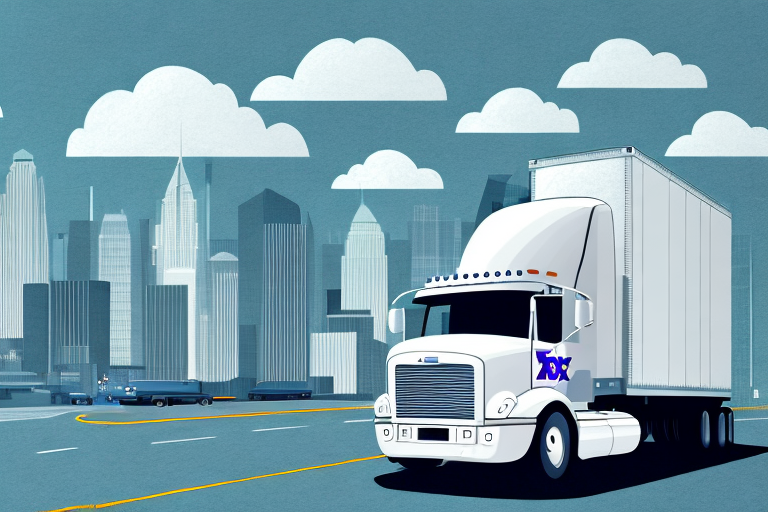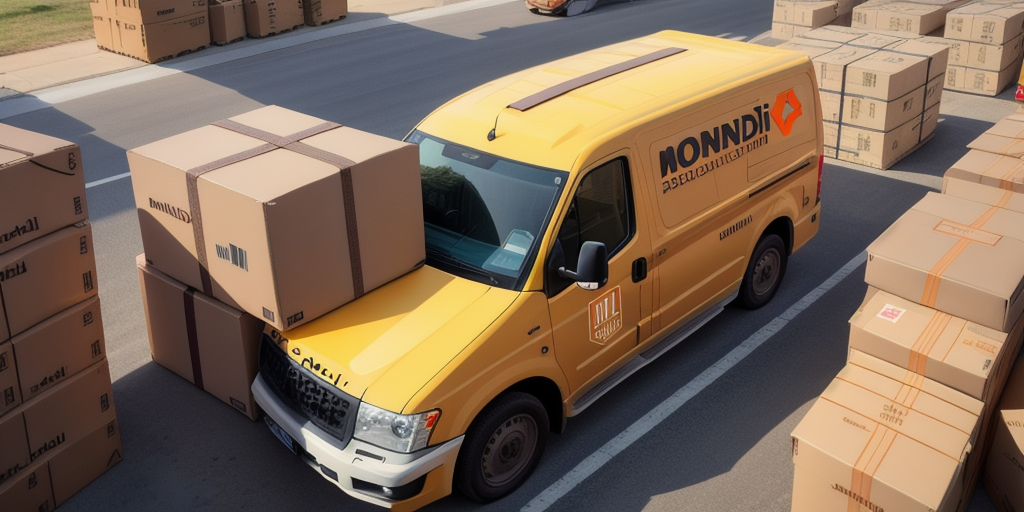What Happened to FedEx: A Comprehensive Analysis of Recent Struggles
FedEx, a leader in global courier and delivery services, has faced numerous challenges over the past year that have affected its business operations and financial performance. This article provides an in-depth analysis of FedEx's history, the obstacles it has encountered recently, and the strategies it employs to overcome these issues.
Evolution of FedEx: From Humble Beginnings to Global Dominance
Founding and Expansion
Established in 1971 by Frederick W. Smith, FedEx began as a small overnight delivery service. Its innovative approach to logistics and commitment to reliability facilitated rapid growth, transforming it into a global powerhouse by the 1980s. Today, FedEx operates in over 220 countries and territories, offering a wide array of services including express shipping, ground delivery, and freight services.
Adapting to the E-commerce Boom
The rise of e-commerce has significantly influenced FedEx's business model. To meet the increasing demand for fast and reliable delivery, FedEx has invested in advanced technologies and expanded its distribution network. According to a Statista report, U.S. e-commerce sales are projected to reach $1.2 trillion by 2024, underscoring the critical role of logistics companies like FedEx in the digital economy.
Impact of Global Events on FedEx Operations
COVID-19 Pandemic Disruptions
The COVID-19 pandemic posed significant challenges for FedEx. While the surge in online shopping increased package volumes, supply chain disruptions and reduced cargo flight capacity led to operational inefficiencies. In 2020, FedEx reported a 4.2% increase in revenue, reaching $69.2 billion, yet the pandemic highlighted vulnerabilities in global logistics networks (CNBC).
To mitigate these issues, FedEx enhanced its workforce, implemented safety protocols, and leveraged technology to optimize delivery routes, ensuring continuity of services during unprecedented times.
Trade Tensions and Tariffs
Ongoing trade tensions, particularly between the U.S. and China, have imposed additional tariffs on goods shipped internationally. These tariffs have increased costs for FedEx's cross-border shipping services, making them less competitive compared to other providers. The Reuters analysis indicates that tariffs have led to a 10% increase in shipping costs for exporters, directly impacting FedEx’s profitability.
In response, FedEx has sought to diversify its shipping routes and explore new markets to offset the increased expenses caused by tariffs.
Competitive Landscape and Market Challenges
Rising Competition from Amazon and UPS
FedEx faces intense competition from Amazon, which has been expanding its logistics capabilities, and UPS, a long-standing rival investing heavily in technology and network expansion. According to Forbes, Amazon's investment in its delivery network has resulted in increased market share, challenging FedEx's dominance.
To maintain its competitive edge, FedEx has focused on enhancing its service offerings, improving delivery speed, and investing in automation and artificial intelligence to streamline operations.
Adapting to E-commerce Logistics
The shift towards e-commerce requires efficient handling of high-volume, small-package shipments. FedEx has adapted by partnering with major online retailers and integrating its services with platforms like Shopify and WooCommerce. These partnerships enable seamless order fulfillment and real-time tracking, enhancing customer satisfaction.
Sustainability and Environmental Initiatives
Commitment to Reducing Carbon Footprint
Environmental sustainability has become a pivotal aspect of FedEx's business strategy. The company has pledged to achieve carbon-neutral operations by 2040 through initiatives like investing in electric vehicles, optimizing delivery routes, and utilizing sustainable packaging materials. According to FedEx's sustainability report, these efforts aim to reduce greenhouse gas emissions by 50% over the next decade.
Innovations in Green Logistics
FedEx is exploring innovative solutions such as drone deliveries and alternative fuel sources to further minimize environmental impact. Collaborations with renewable energy companies and investments in research and development are integral to these sustainability efforts.
Labor Relations and Workforce Management
Labor Disputes and Strikes
FedEx has faced labor disputes, particularly with its pilot workforce, leading to strikes that disrupt operations and affect customer satisfaction. The New York Times reported that these disputes are centered around demands for better wages and working conditions.
In response, FedEx has undertaken initiatives to improve employee relations, including enhanced scheduling practices, salary increases, and the introduction of more flexible work arrangements to mitigate the likelihood of future strikes.
Enhancing Employee Satisfaction
By fostering a positive work environment and investing in employee development programs, FedEx aims to boost morale and retain talent, ensuring a stable and motivated workforce.
Technological Advancements and Modernization
Investment in Artificial Intelligence and Automation
FedEx is at the forefront of adopting artificial intelligence (AI) and automation to enhance operational efficiency. Technologies such as machine learning algorithms and automated sorting systems enable better package tracking, optimized delivery routes, and reduced handling times. According to a TechRepublic article, these technological investments have improved delivery accuracy and reduced operational costs.
Internet of Things (IoT) Integration
The integration of IoT devices allows FedEx to monitor package conditions in real-time, ensuring the safety and reliability of shipments. This technology provides valuable data analytics, enabling proactive maintenance and improved service offerings.
Financial Performance and Market Position
Revenue and Profit Margins
Despite facing multiple challenges, FedEx reported a steady revenue growth, reaching $84 billion in 2023. However, profit margins have been pressured by increased operational costs and competitive pricing strategies. The company's stock price has experienced fluctuations in response to market conditions and investor sentiment (MarketWatch).
Cost-Cutting and Operational Efficiencies
To bolster financial performance, FedEx has implemented cost-cutting measures such as workforce optimization, consolidation of business units, and divestment from non-core operations. These steps are aimed at improving overall efficiency and enhancing profitability.
Future Outlook: Opportunities and Threats
Opportunities in E-commerce and Technology
The continued growth of e-commerce presents significant opportunities for FedEx to expand its logistics services. Additionally, advancements in technology, including AI and robotics, offer avenues for operational enhancements and innovative service offerings.
Potential Threats and Challenges
FedEx must navigate challenges such as intensifying competition, volatile global trade policies, and the ongoing need for sustainable practices. Addressing these threats requires strategic agility and continuous investment in core competencies.
Strategies for Regaining Industry Leadership
To regain its leadership position, FedEx is focused on innovation, customer-centric services, and sustainable growth. By leveraging technology, enhancing operational efficiency, and committing to environmental stewardship, FedEx aims to strengthen its market presence and achieve long-term success.
Conclusion: FedEx's Path Forward
FedEx has navigated through a turbulent period marked by global events, increased competition, and evolving market demands. Through strategic investments in technology, sustainability initiatives, and workforce management, FedEx is poised to overcome its current challenges and maintain its stature as a leader in the global shipping and logistics industry. The company's ability to adapt and innovate will be crucial in determining its future trajectory and resilience in an ever-changing marketplace.






















